Are quails going to be the next chickens?
The popularity of raising quails on the homestead or small-scale farms is rising thanks to their faster growth and high egg yield.
But are these enough to claim to keep quails over chickens?
I began keeping quails out of curiosity and for fun, and now I have kept both quail and chickens for their different benefits.
Beginners often make mistakes getting the correct farming birds. So, help yourself now and decide between quail and chicken as the correct backyard poultry choice.
Basic Overview of Quail and Chicken
Quail
Quails are gamebirds kept for table food, egg production, and hunting sports at a farm or home.
Farmers prefer to raise large quail types, including Coturnix, Bobwhite, Button, Texas A&M, and Harlequins.
I know they are still as little as 6-12 inches with their whole body and weigh 5-10 ounces. They can fly at 30-40 mph, enough to escape.
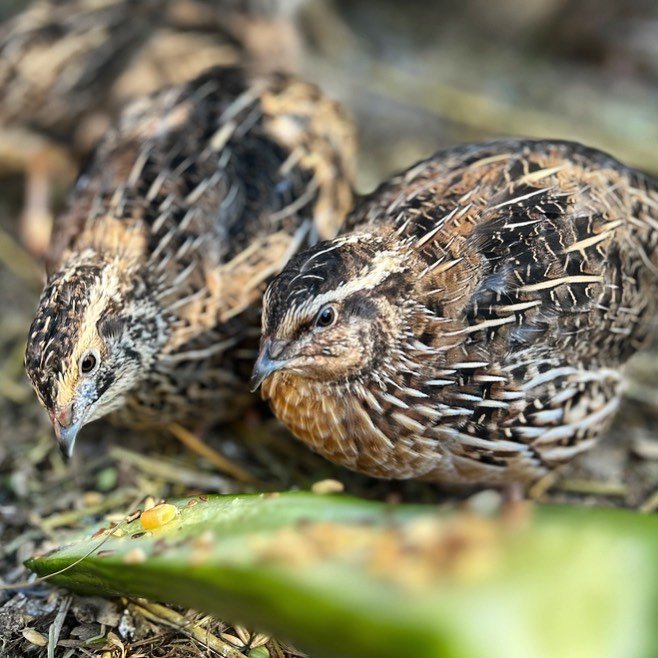
Besides, they live for 2 – 6 years.
Quails prefer grasslands, crop fields, and meadows and live on grass seeds and small insects in the wild.
They forage, nest, sleep in the grass, and take a dust bath to clean themselves. Also, these birds like to live in the group instead of living as solitary birds.
They are easygoing birds and can be aggressive sometimes with few triggers.
Chicken
I bet you never find a homestead without chickens or ducks.
Chickens are popular domestic birds for meat and eggs in a decent amount. There are several popular breeds, including meat chickens, yellow chickens, and white and black chicken breeds.
My favorites are Rhode Island Red, Sussex, and Jersey Giant.
Chickens weigh around 10 lbs and grow to 15 – 25 inches in height. They are expected to live around 5- 10 years.
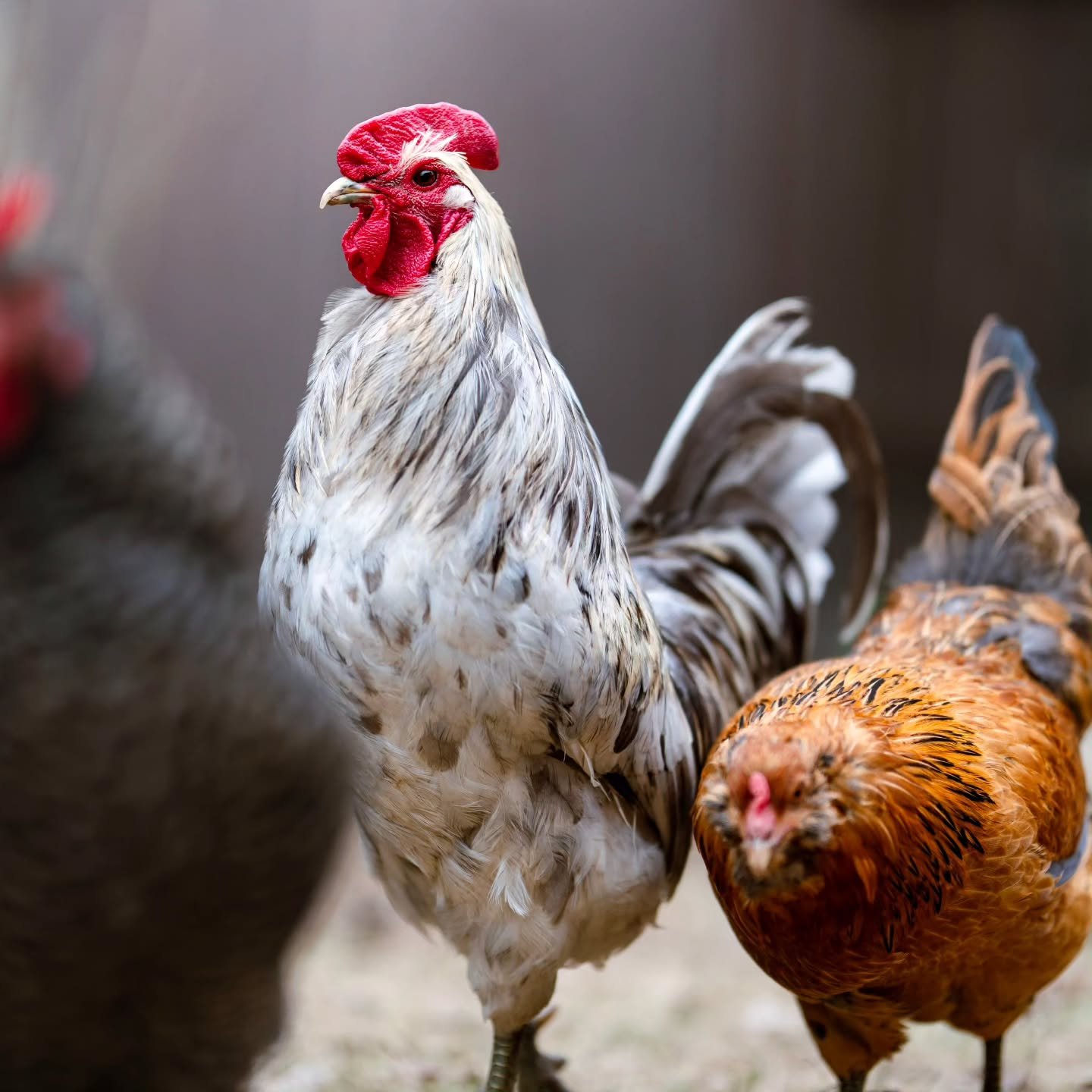
Unlike others, they are adaptable and thrive in agricultural areas, grasslands, forests, scrub, and urban settings.
You can tell chickens are docile, curious, friendly, flighty, and aggressive.
Space Requirements
Quail
Thanks to their compact size, you can keep hundreds of quails in a single enclosure.
Birds do well in both raised pens and on the ground. You can also keep them in the chicken coop, rabbit hutch, or dog kennel if the flock is small in size.
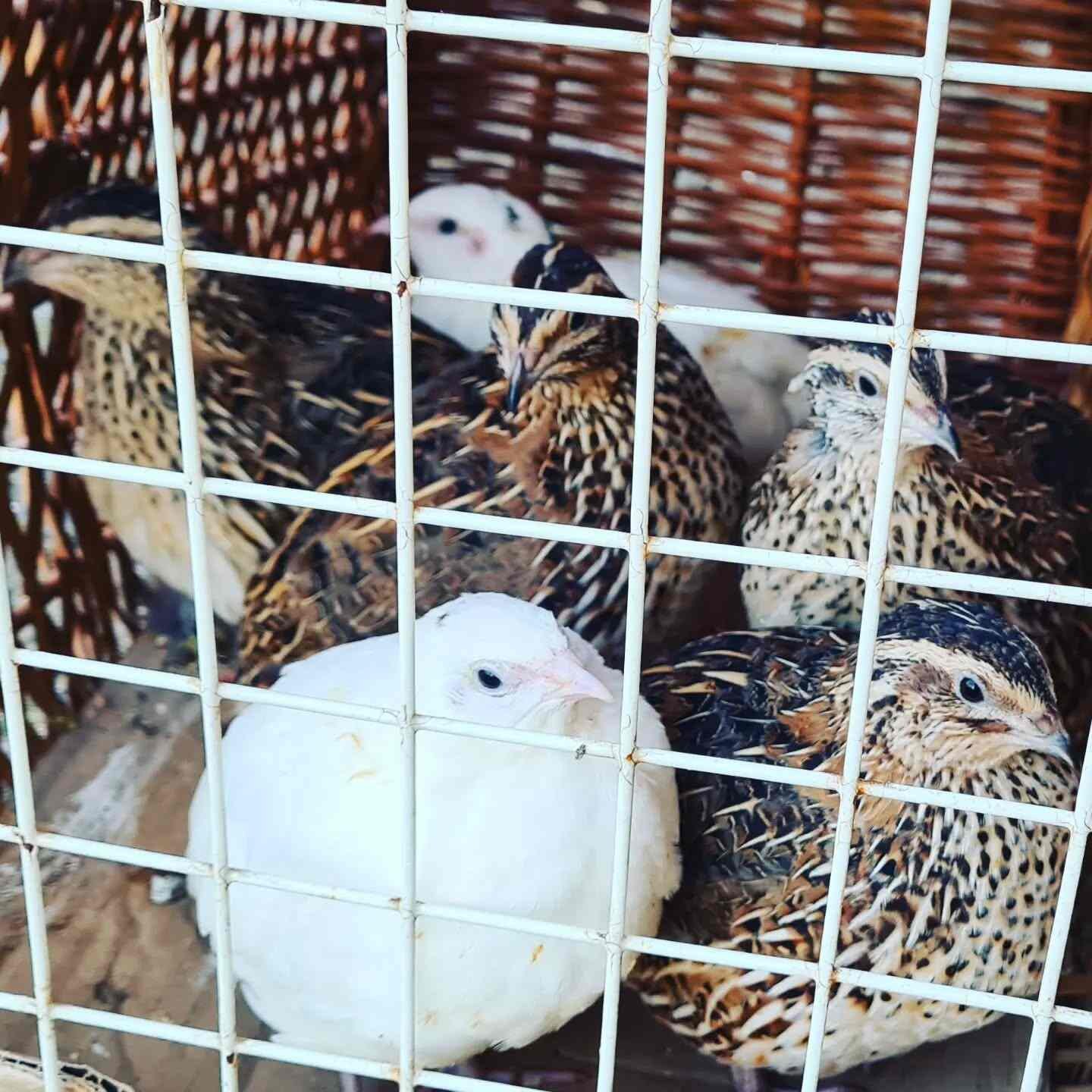
I suggest you need a full-sized flight pen for a large number of birds.
Mobile pens and quail tractors make it super easy for you to move birds from yard to garden or other areas.
One square foot is enough for one quail. But I recommend you design a setting of at least 3 square feet per bird. This helps you plan the placement of the feeder, lighting, and sanitization facility.
Also, you need not extend the space as the bird grows bigger.
Quails tend to fly hard, so you need to use either a low roof setting (to disallow flight) or a high end (to protect them from injury).
So, you can build the pen 12-18 inches in low height or 6 feet in high height.
Chicken
This depends on the breeds and their temperament. For example, Buff Orpingtons and Jersey Giants are among the bigger sizes, requiring more space than bantam breeds.
Also, you don’t want your chickens fighting and harming the flock. So, if you raise aggressive roosters, they need more space than expected,
Anyway, chickens do well in 3 – 5 square feet coop per bird, with 4 feet being enough for standard breeds.
You can keep 8-10 square feet of space for runners if you want to raise your chickens outdoors. This helps birds scratch the earth, forage food and exercise.
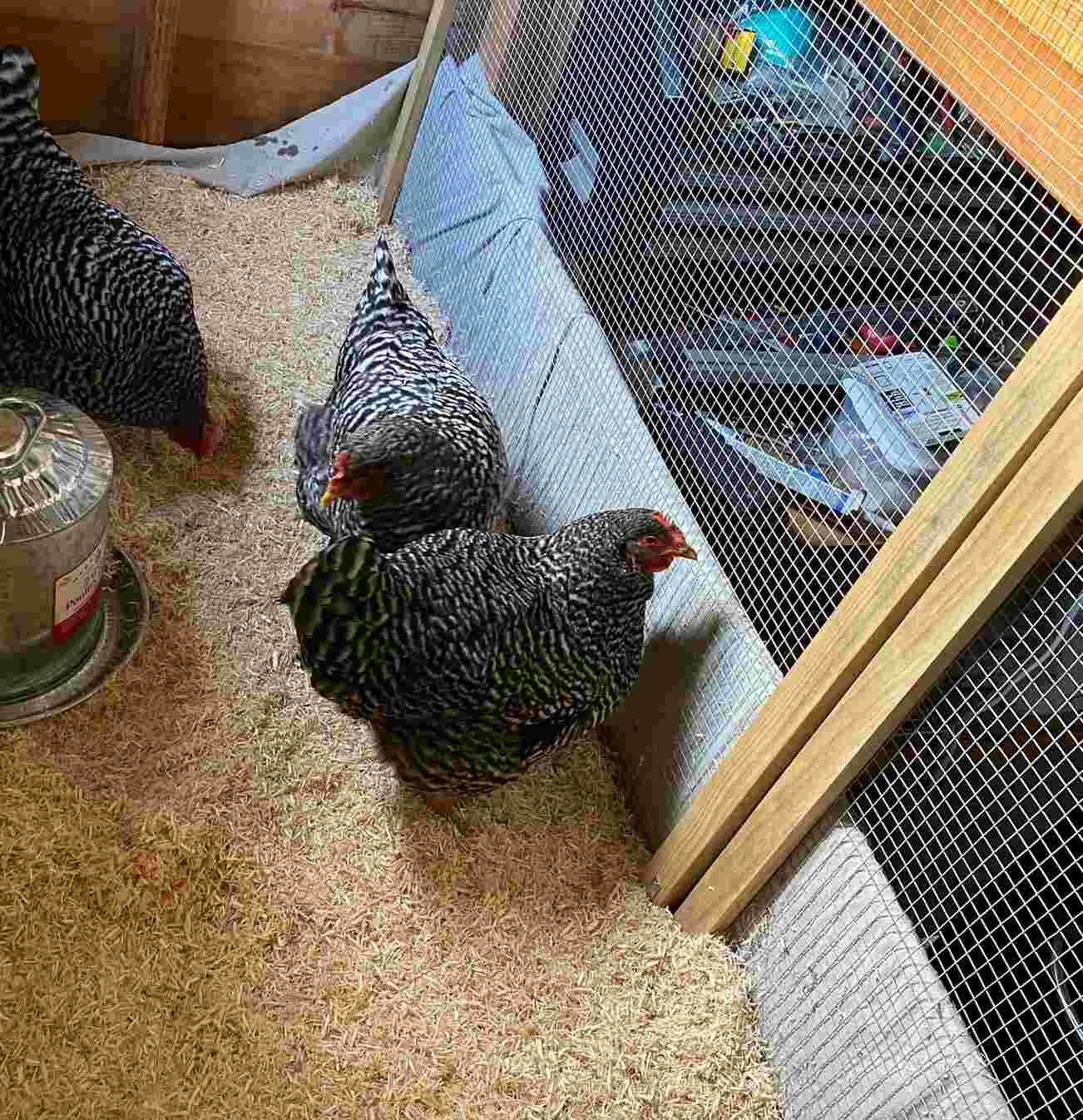
It’s not that you should stick to this measurement. You can freely extend the space based on need.
You can also add more facilities to the condiment with perches, dust baths, and objects for pecking and scratching.
But free-range chickens need more open space under your property. You are required to install security for the flock and allow access to water.
This helps you limit the coop and running space. They need coop only to sleep at night and lay eggs.
Egg Production
Quail Eggs
Quail hens give small eggs that weigh 0.2 – 0.5 ounces.
Eggs come in several colors, such as white, brown, blue, green, speckled, and a combination of these.
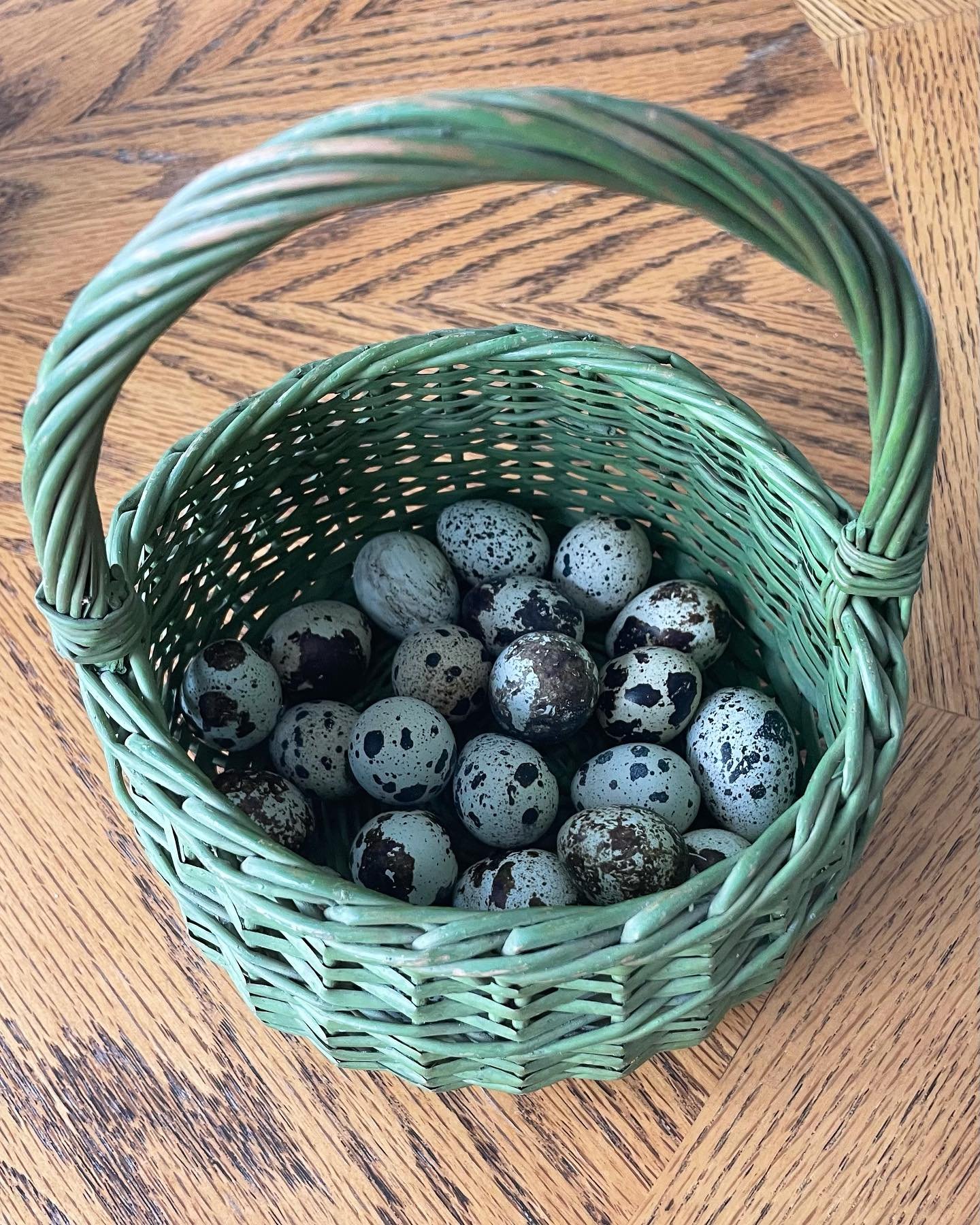
You can expect your birds to lay eggs around 6 – 12 weeks. They remain productive for the first 1 – 2 years and slow down their laying.
Quails are prolific layers that can lay 200 – 300 eggs per year on average.
Females don’t need males to lay eggs. They are required only if you want fertile eggs for hatching cheeks.
Chicken Eggs
Chickens have different egg sizes, from small to medium to large and jumbo.
Their eggs weigh 1 – 2 ounces and are shaded with different colors, such as brown, white, blue, and green eggs.
The birds start laying eggs after 18 weeks and continue laying for 2 – 3 years. While poor layers give around 100 eggs, prolific ones can yield 300 or more eggs.
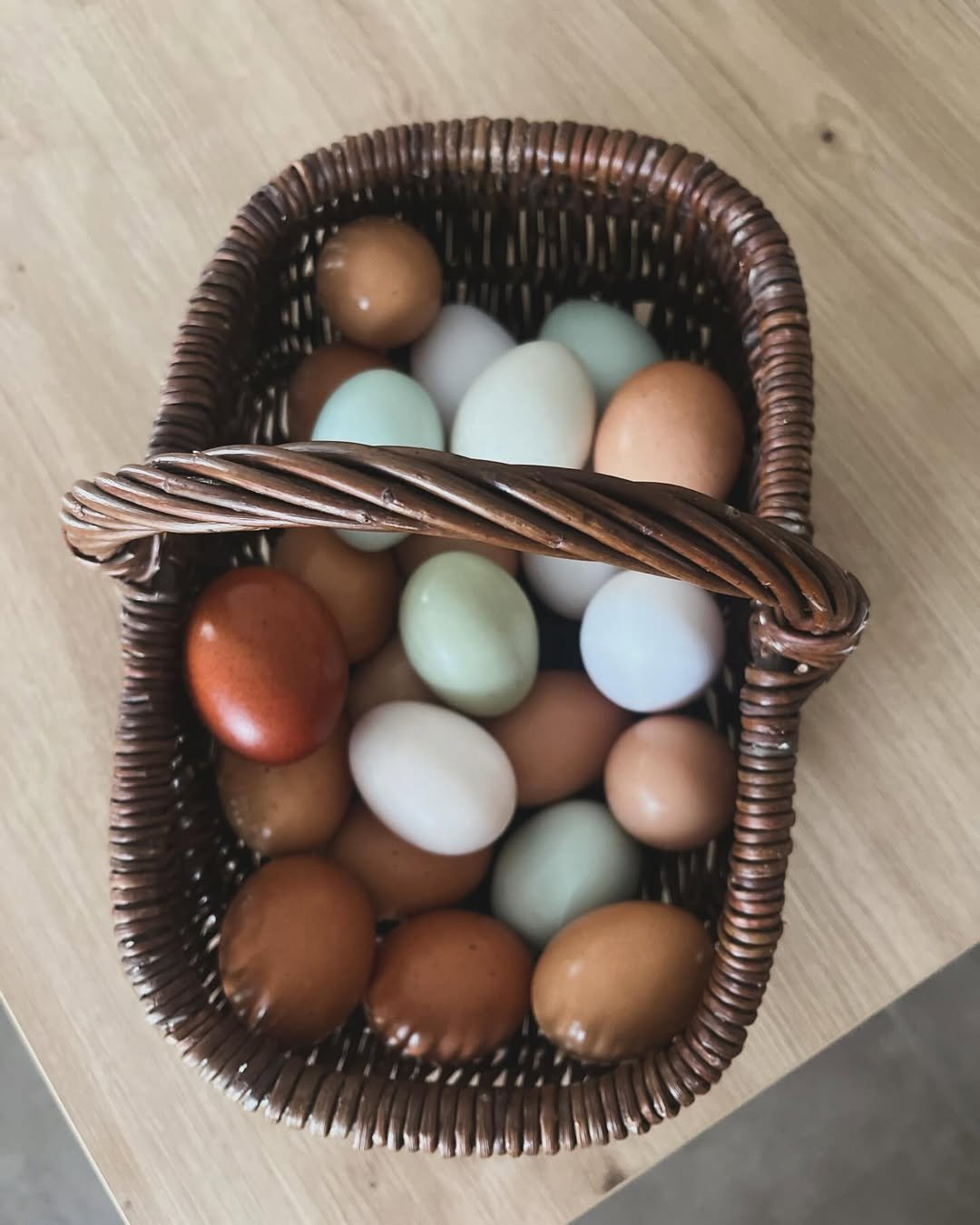
Though roosters have many benefits for the flock, hens don’t require them if keepers provide artificial artificial insemination for eggs.
Meat Production
Quail Meat
I find quail meat dark, juicy, tender, moist, and juicy.
Quails can yield 2–3 ounces of sole meat or 4–6 ounces if you include the giblets. They have a meat-to-bone ratio that is very high, with meat over 80% and 10% bone.
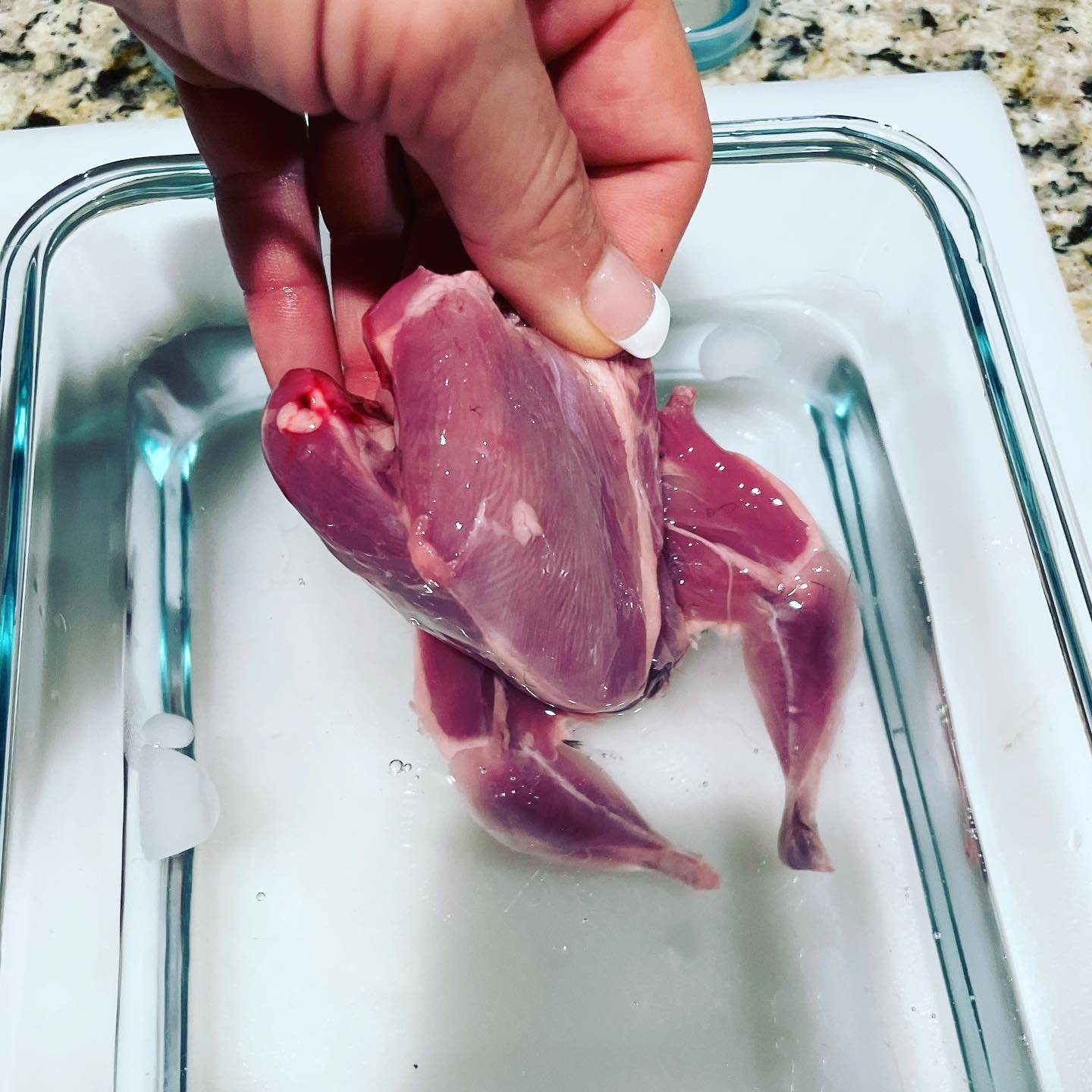
You don’t need to wait longer for processing quails. Coturnix can be ready to dress for around 35 days.
Many taste quail similar to the mixture of chicken and duck. However, they are richer in taste and gamey in flavor.
They are excellent for roasting, grilling, and baking.
Chicken Meat
Unlike quails, chickens yield more meat with a 70 – 30 % meat-to-bone ratio.
If you remove skin, the total meat remains at around 60%. But that can be altered depending on the breeds of chickens.
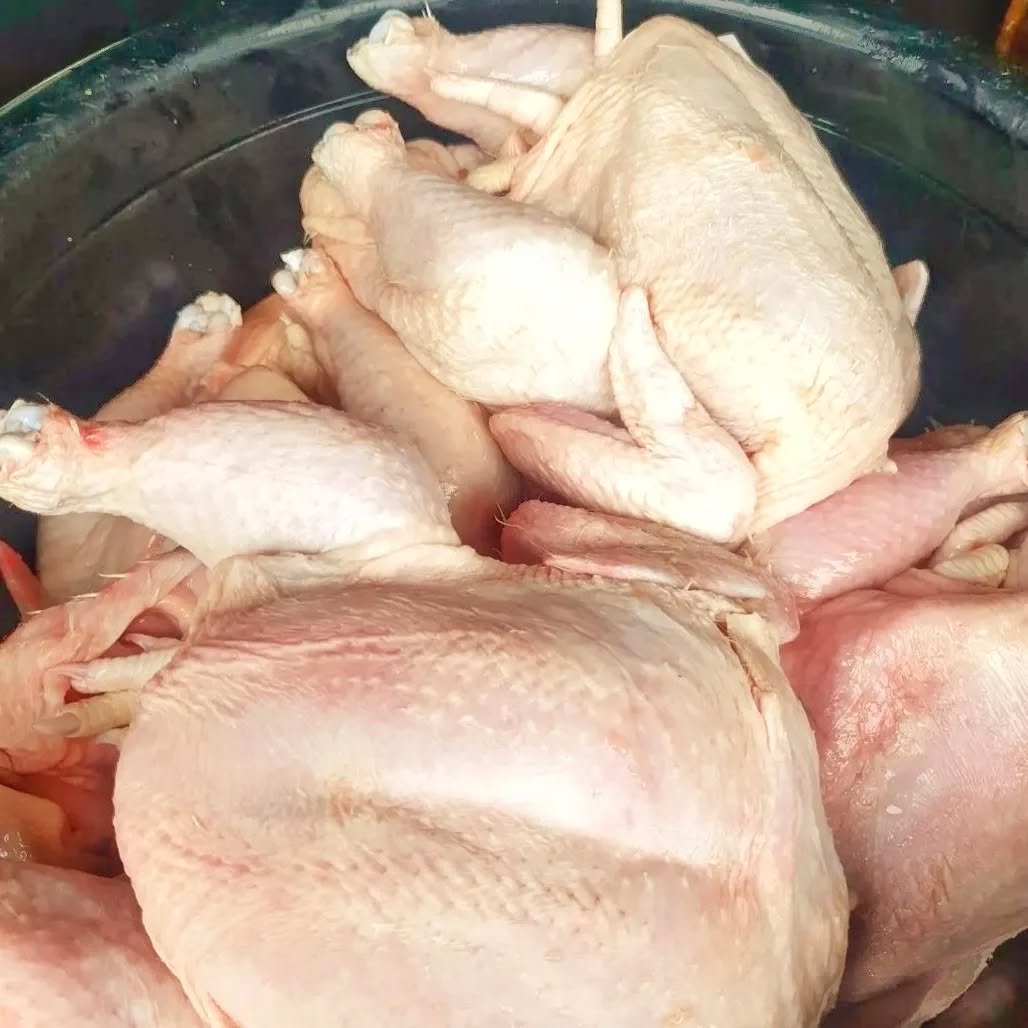
For example, broilers or meat chickens have a larger meat yield than layers.
Anyway, chickens have white meat that tastes mild, slightly savory, and relatively neutral.
Also, chicken meat is versatile in cooking and great for baking, grilling, frying, roasting, etc.
Feeding and Maintenance Costs
Quail
If you start from scratch or with nothing in hand, you need to keep reasonable budgets for quails.
Pen or aviary, incubator or brooder set up, lighting and heating, bedding, and cleaning facilities are required. These resources require initial initial investment without production.
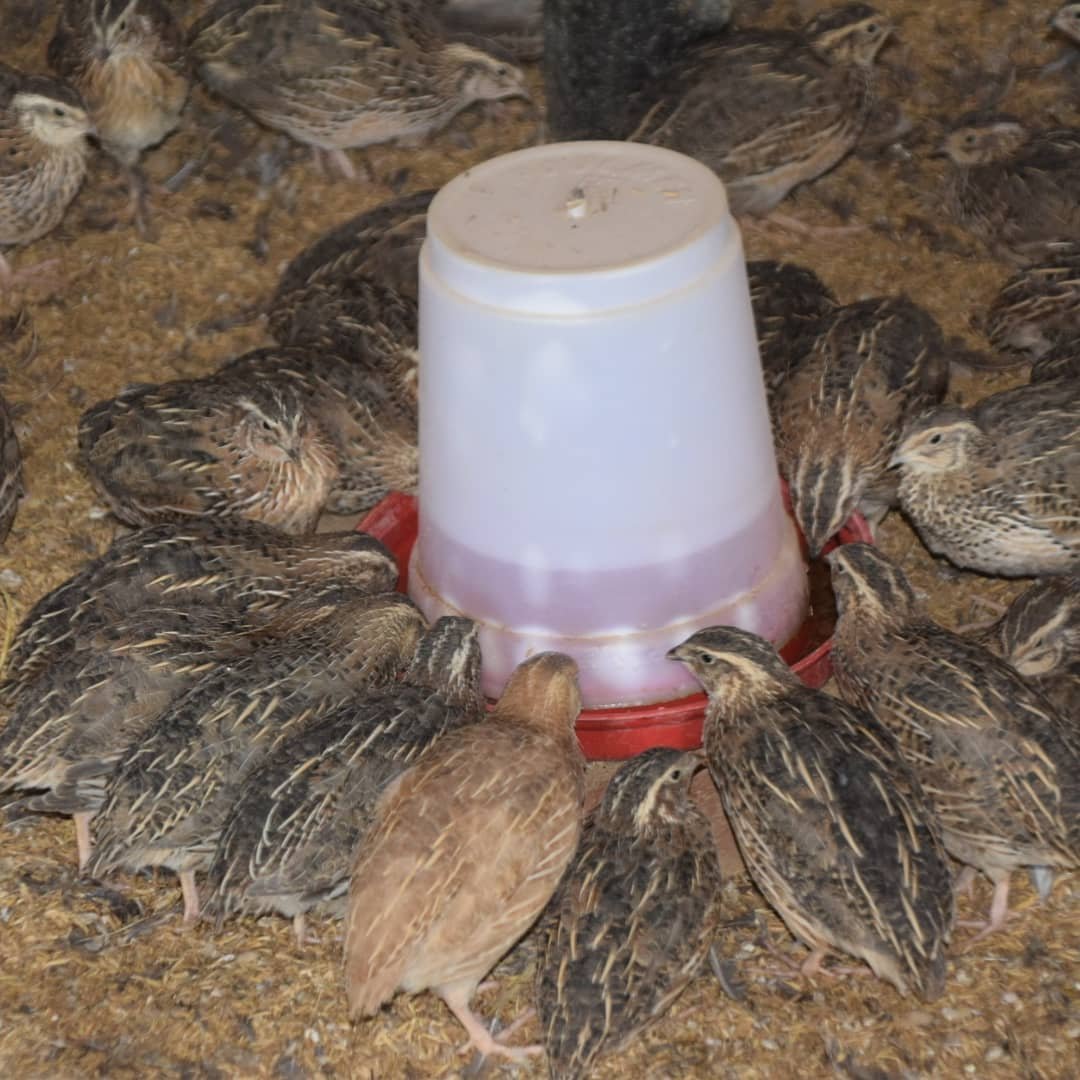
Let’s not add feeder and waterer. You can DIY such tools for free. If not, add these to the cost.
After the setup, you are expected to pay $ 2 – 4 per bird for feed and maintenance.
A standard adult bird can eat 1.5 ounces daily, while a jumbo may eat 2 ounces on average. You are expected to feed 3. 5 pounds of food for a 1-pound bird.
Chicken
The bigger the bird, the more costly the raising!
Adult chickens are expected to eat 0.25 pounds daily and 1.5 pounds per week. They require different feed types based on age and condition, such as layer, grower, and broiler feeds.
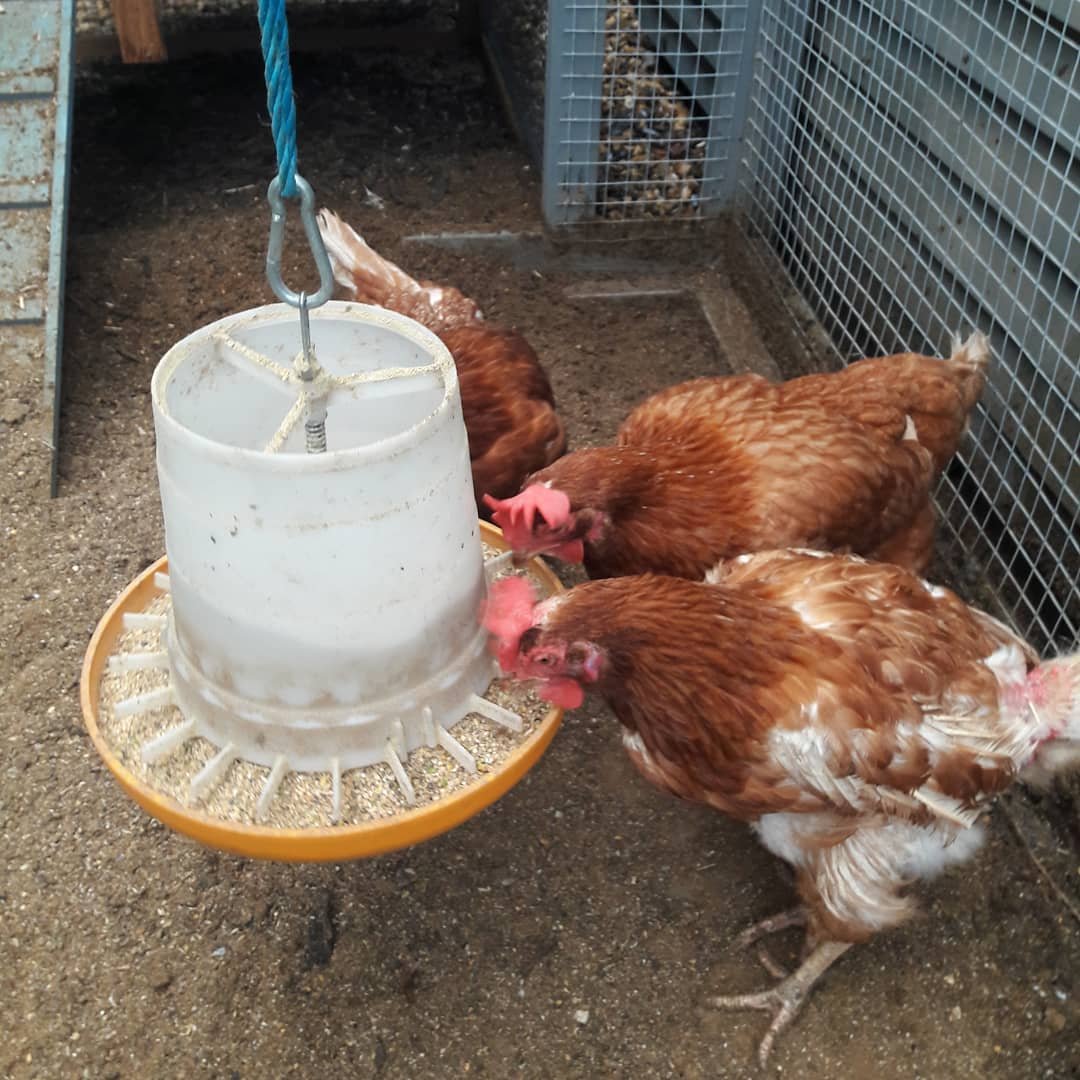
Besides, you may need to pay for enclosure and maintenance.
A large portion of the budget is kept for coop-building for backyard chickens. Bedding and medical care (vaccinations, deworming, and treatment) costs are also added.
You need to set up lighting and temperature for broiler and timid breeds. But most of the other breeds are hardy to cold weather.
I had ended up around $65 for 10 chickens in my first year of chicken feeding.
Which is Better for Your Homestead?
You can decide on the right bird based on factors such as available space, your goals for raising poultry (eggs, meat, or both), your budget, and your time commitment.
| Factors | Quail | Chicken |
|---|---|---|
| Appearance | Cream, Buff, Brown, Black, White | Black, Blue, Red, White, Brown, Golden/ Yellow, Lavender, Barred, Crele, Mix of these |
| Size | Small and compact (5-10 ounces) | Domestic bird (Average 10 lbs) |
| Egg Production | Small 200 - 300/ Year | Medium to large 100 - 300/ Year |
| Meat Yield | Low | High |
| Cost | Low | High |
| Behavior | Quiet, flighty, non brooder | Aggressive, noisy calm, docile, active forager, brooder, non brooder |
| Growth Rate | Faster | Relatively moderate to slow |
Quails start laying quicker than chickens and yield relatively high, but their eggs are 3 times smaller than chickens.
So, you need more number of eggs for a single serving.
Also, they grow faster than chickens for table birds, but one man easily eats 2 to 3 quails in a single serving.
On the other hand, chickens mature comparatively slower than quails, which have high-yield eggs and meat. Even a small flock of good layers can feed a single family well.
Also, one adult meat chicken may be enough for dinner for 3 – 4 individuals. You may prepare other foods as well, right?
So, if you want meat and eggs in two months, keep quail. This breed is suitable for a temporary homestead seeking short-term poultry benefits.
I’m not saying they aren’t sustainable. You can incubate the eggs for new birds and continue raising quails. In fact, they require less feed and maintenance than chickens.
Many stop keep quails as they fly away when left with small escape space and lower yield.
Anyway, if you can wait for 6 – 8 months, choose chickens.
This helps owners get large amounts of food and make sustainable backyard farming.
Final Thoughts
Small urban individuals might prefer to keep quails. On the other hand, larger rural home or farmstead owners might focus on raising more chickens.
Quails are more hardy birds than chickens, so they need fewer medical facilities in their short lifespan.
I don’t recommend you raise quail and chicken together in the same space. Chickens can peck quail eggs and injure the little birds.
Instead, you need to rotate farming birds if your budget is low. Or raise quails and chickens in individual settings.



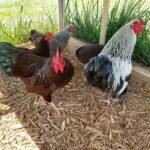


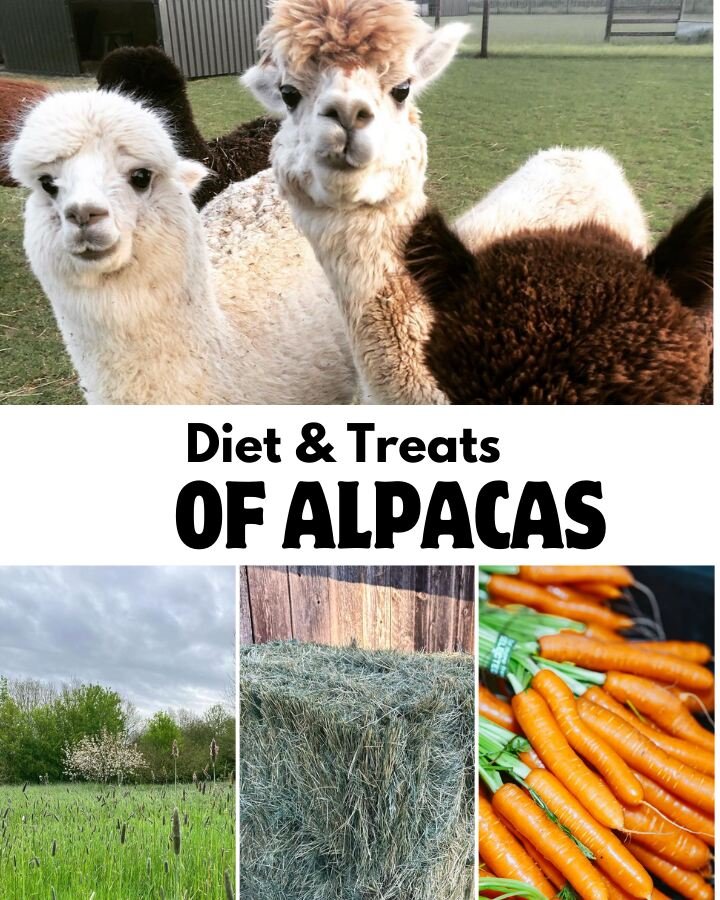
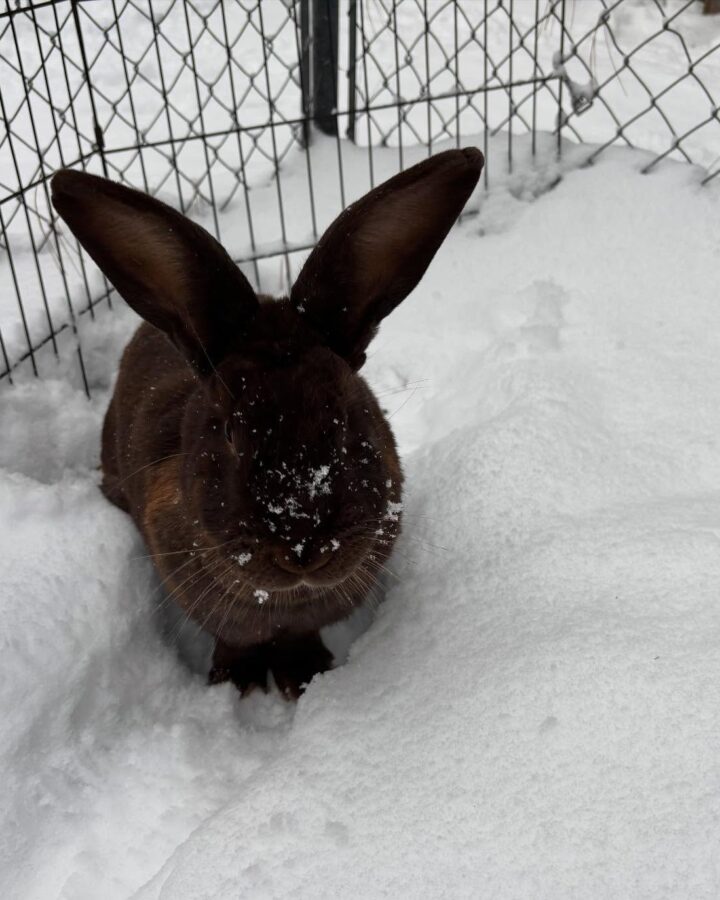
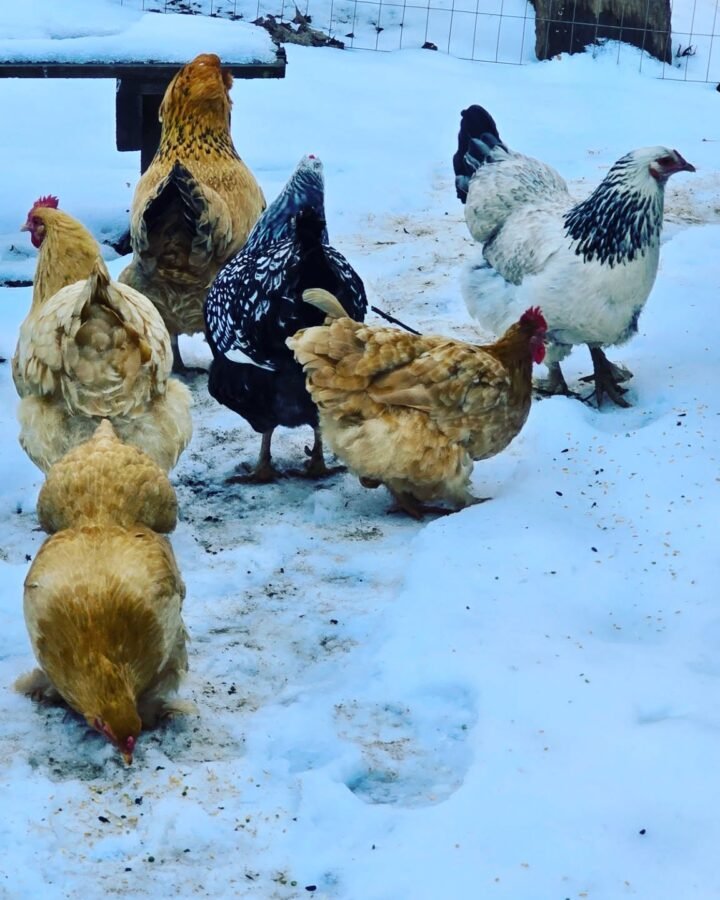
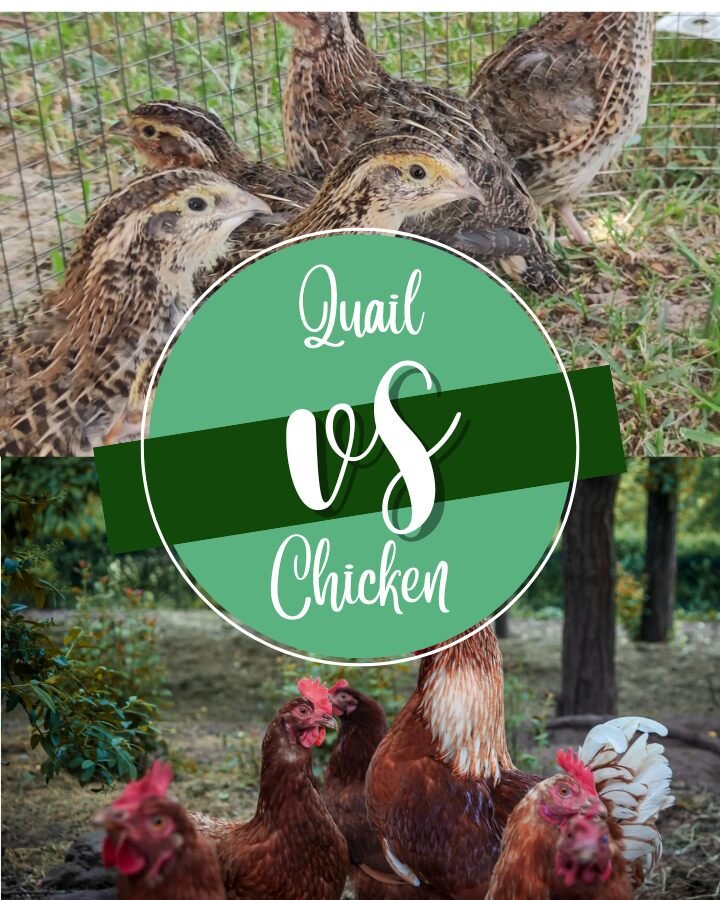
Leave a Reply